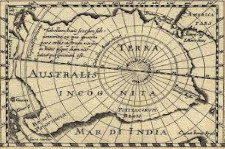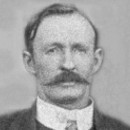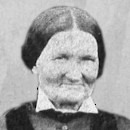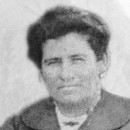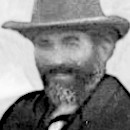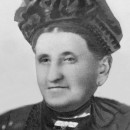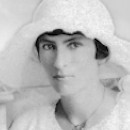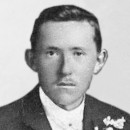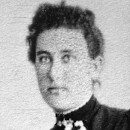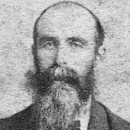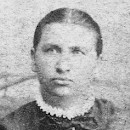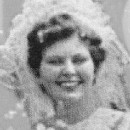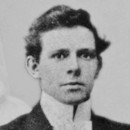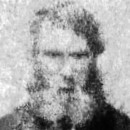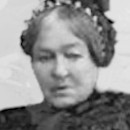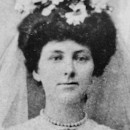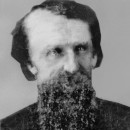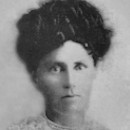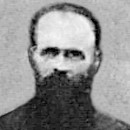Welcome To Our Family
By the 19th century, the Old World no longer supported the old ways. Change happened in an especially big way at that time as people on the land, as well as in the cities, had to deal with the new machinery of industry. This was also the time of expansion into the 'New World' which caused a lot of people to migrate; some because they wanted to be a part of that new world; others because they could no longer be a part of the old.Those migrants and their descendants have not only survived the rigours of almost two centuries, but also a relative leap into the modern world, with some of them setting trends and the rest having to keep up with them. Many generations have passed since the wave of migration to new land and there are many stories to be told.
Yet this sort of change is not new and there has always been
some wise-guy saying something about it:
- The old must make way for the new,
and one thing must be built
out of the ruins of another.
– Lucretius - Only those who know the past, have a future.
– Wilhelm von Humboldt - Why waste your money looking up your family tree?
Just go into politics and your opponent will do it for you.
– Mark Twain - Don't forget who you are and where you come from.
– F. Scott Fitzgerald - Knowing where you come from is one thing, but it's suicide to stay there.
– Dennis Covington
Reasons to Migrate
A lot of speculation has been made over what reasons people would have had to migrate. Most popular are the theories of religious and economic difficulties. Recently it has come to light that people were also forcibly evicted from their homes and homelands. An upsurge in migration occurred at a time of transition from The Church owning land and having the administration over law and people, to a new system structured around politics, education and employment within mechanised industries. In many cases, people migrated from the rural countryside to industrial centres. For instance, more Scottish highlanders headed south to lowland cities such as Perth or Dundee and to larger cities in England, than those who migrated to America. Often, they migrated again.What does become apparent when researching the origins of migrant ancestors is how their trails often end abruptly. This very likely means that these people had already come from somewhere else. The places from which they migrated weren't actually their homes, and as such, hold no records of their actual origins. If that is the case, then many people who migrated, were already uprooted and unsettled, and just moved further. Of course there was always the issue of health and well-being. Seeking a better life drove many families to escape terrible conditions which bred terrible diseases.
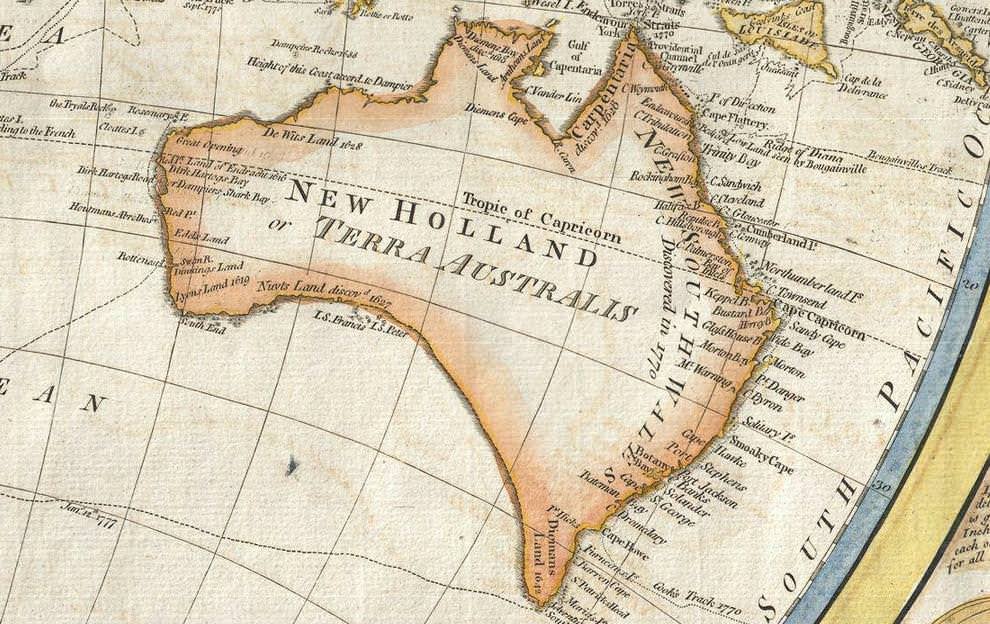
The Great South Land
All these families, for whatever reason they had, migrated to Australia or more correctly to the colonies of New South Wales and Queensland where they met up, sometimes inter-married and ultimately, are all together now (except for a few who returned).A Family That Helped Build Australia
Our ancestors and their families were a busy bunch on both sides of the family. They were builders, contractors, wrights, masons, weavers and makers of all sorts of things. They built bridges, wharves, ships, boats, tunnels, large and small buildings, houses, shops, fixtures, fittings, coaches, wagons, wheels and even a mill. They established settlements, farms, studs, estates and emporiums, made footwear and clothing as well as supplies for horse and carriage. They baked bread, supplied food and essentials, formed communities, organisations, churches, schools, hospitals, and councils. They also kept themselves busy with inventions, innovations and maintenance. If that wasn't enough, many also turned their hand to breeding horses, dogs, sheep, cattle and poultry, winning many prizes as well. They even made money.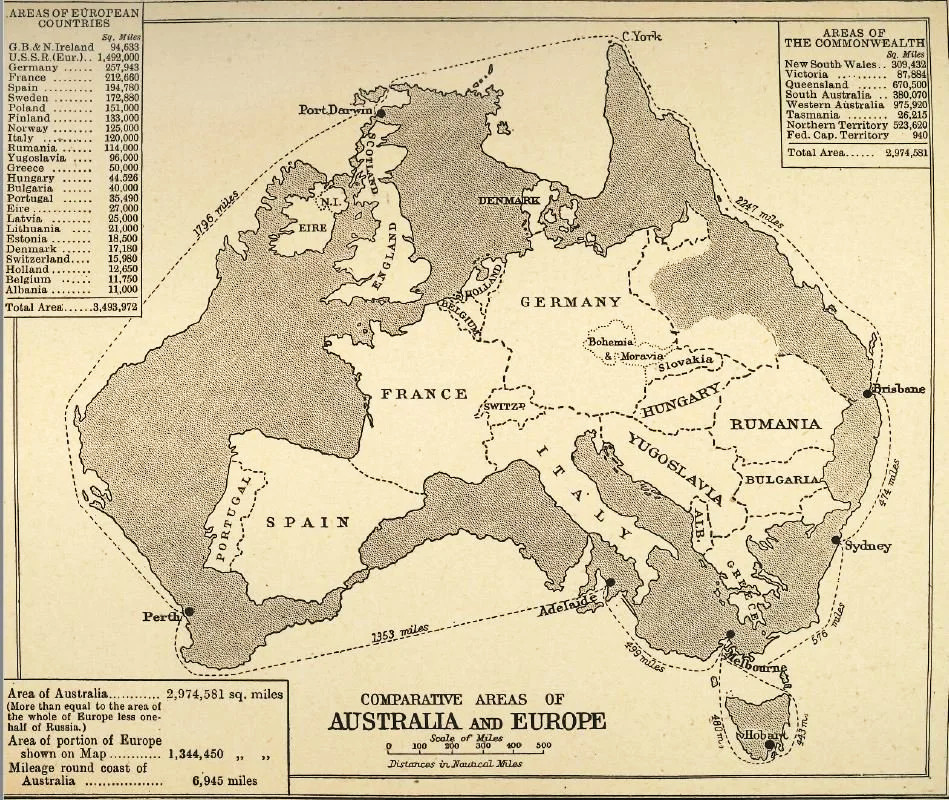
Europe in Australia
Comparison of the land mass areas
of Australia and Europe.
Europe in Australia
Perhaps it's not too surprising that Europeans and their way of life could fit into Australia, the land mass is famed for having so much room. As shown in the accompanying map, the area of Australia (about 2.97 million square miles), is more than twice that of all European countries put together (about 1.34 million square miles).Some more quotable quotes:
- Of all the small nations of this earth, perhaps only the ancient Greeks surpass the Scots in their contribution to mankind.
– Winston Churchill - The Scots have a deep, abiding love of their country. They sing about it, write poems about it, even greet over it after a few drams; they’ll do everything but damned well stay in it.
– Speaker at a meeting in Dundee NZ from Jim Hewitson, Far Off in Sunlit Places 1998 p.3 - The migrants 'would rather die as slaves in America than be residents of Weinsberg'.
(die Auswanderer „wollen lieber sklaven in Amerika seyn als bürger in Weinsperg“.)
– Friedrich List in his Report to the Government in Stuttgart
"A work such as this is never actually finished,
one can only declare it done,
when given the time and circumstances
one did the most of what was possible."
- Johann Wolfgang von Goethe
one can only declare it done,
when given the time and circumstances
one did the most of what was possible."
- Johann Wolfgang von Goethe
Our Family Tree - back four generations
About
Hi, my name is Rod Schneider and just like many others, I am a descendant of Australian immigrants who settled in the newly formed colonies of Queensland and New South Wales in the nineteenth century. The idea behind these pages is to present the stories and characters of those early settlers along with information about their origins, descendants, families, whereabouts and activities.There are often themes running through their struggles and achievements telling a tale of resourcefulness and hardships in an alien world. The paradox of Australia as an ancient and raw continent and as a 'New World' portrays a collision of ideals and realities yet still shows a continuity in how those people dealt with everyday life.
One and a half centuries later, the collectable information available to recreate a realistic picture of these people is not altogether detailed or consistent. Yet there are still many traces remaining that we have managed to gather together here.
A family history such as this is obviously full of impressions and opinions laced together with as much historical information as is available but telling the complete story or stories still remains to be seen. Very often only scant real information is available.
We are very grateful to those people who have already put in a lot of effort, especially for making records, articles and memorials available and to anyone interested in reading this so here's a hearty thanks!
Comments and contributions are always welcome.
Contact: rodschneider35@gmail.com
